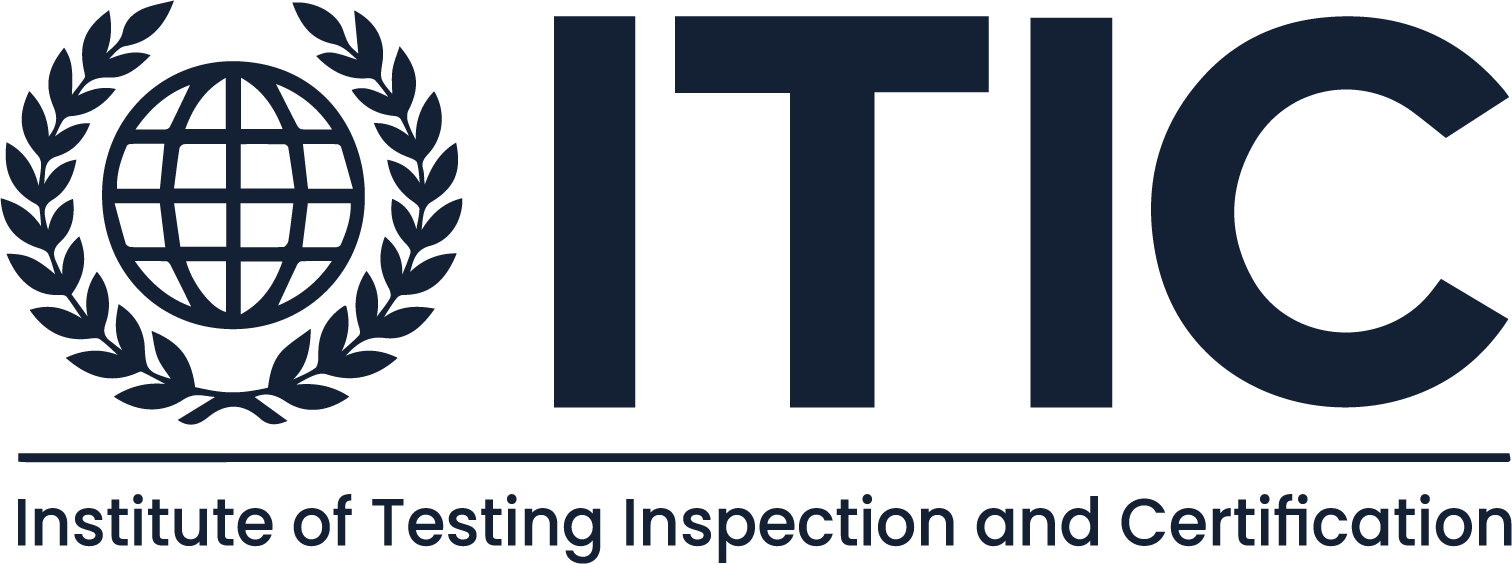
When a laboratory prepares for ISO/IEC 17025 accreditation, proficiency testing (PT) often becomes a point of anxiety. The term sounds technical, but in reality, it answers a very basic question:
Can your lab produce reliable results that match other competent labs?
And when assessors walk in, they do not want to see participation, they want to see purpose, planning, and performance.
What is Proficiency Testing, Really?
Think of it this way:
You and other labs receive the same sample. You test it using your usual method. Your results are then compared.
If your results fall within acceptable limits, it shows your lab is aligned with others in the field. If not, that’s a signal worth reviewing.
In ISO/IEC 17025, proficiency testing is not just a formality. It is evidence of your lab’s technical competence.
What Assessors Expect During the Audit?
Based on years of working with accredited labs globally, here are the key things assessors look for during a proficiency testing review:
1. Documented and Risk-Based PT Plan
- A clear plan that links PT participation to your scope of activities.
- Defined frequency of participation, ideally every 1–2 years for each key parameter.
- A justification when PT is not available, including use of interlaboratory comparisons (ILCs) as alternatives.
A small chemical testing lab could not find an external PT provider for a niche parameter. They organized an ILC with two other accredited labs using the same method—documented, statistically analyzed, and reviewed. The assessor can approve it.
2. Selection of Reliable PT Providers
- Preferably, your PT provider should be accredited under ISO/IEC 17043.
- If not, ensure the provider has technical credibility and experience.
- Keep documentation on why you selected them.
- Make sure the test design fits your method and measurement level.
3. Review and Interpretation of PT Results
This is where many labs fall short. Simply participating is not enough. Assessors expect:
- A documented review of results, especially if the z-score or En value is outside limits.
- A clear investigation of root causes for any deviation.
- Implementation of corrective actions and follow-up verification.
- Internal discussion of PT outcomes to promote learning across the team.
4. Evidence of Management Responsibility
- Including PT reviews in management review meetings.
- Assigning responsibility for tracking PT schedules, results, and improvements.
- Using PT outcomes as input for risk management and training needs.
Common Mistakes That Lead to Non-Conformities
- PT results are archived but never reviewed or acted upon.
- The PT plan does not cover the entire scope of accreditation.
- Poor performance in PT is not investigated or followed up.
- PT providers are selected based only on cost, without assessing credibility.
- Internal comparisons are performed but lack statistical analysis.
Each of these can lead to findings during an assessment—and are easily preventable.
How to Build a Stronger Proficiency Testing System
Here are practical actions any lab can take, regardless of size or field:
- Create a PT matrix mapping every test in your scope to a PT or ILC.
- Review every PT report, and record findings in a summary sheet.
- Document corrective actions and link them to risk and training records.
- Maintain records of provider accreditation, scopes, and sample types.
- Track PT schedules using a calendar, dashboard, or spreadsheet visible to the quality team.
These actions demonstrate that your lab does not just participate in PT — it uses it to drive quality and competence.
Proficiency Testing is Not a Checkbox
In the TIC industry, technical credibility matters more than ever. Proficiency testing gives assessors and clients a way to trust your results.
It is not about perfection. It is about proving that your lab knows what it’s doing, can detect when something goes wrong, and has the system to correct it.
And that’s what real conformity looks like.
Need help designing your PT program or interpreting results?
Let’s connect. I have helped labs across testing, inspection, and calibration services build systems that build competence and global credibility.
Subscribe to “The Conformity Edge“ for weekly insights on ISO/IEC 17025, 17020, 17065, 17024, and ISO 17000-series standards.
See you next time — Jasmin Dhakaan

